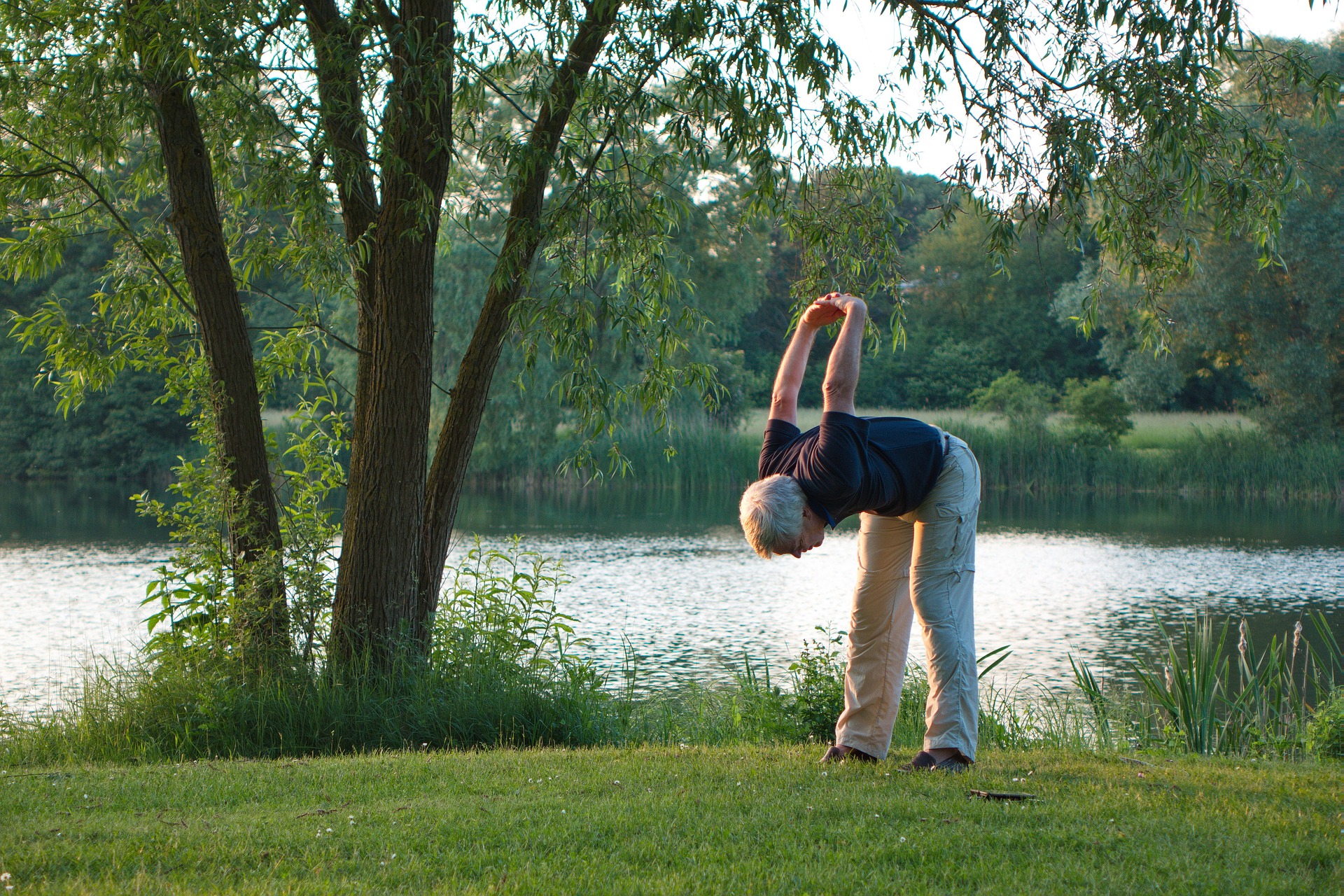When seniors lose their mobility, it can make life difficult in general. A restriction in movement can be an actual injury, or can simply be a recurring pain that makes it hard to move around. Lower back pain is a common health issue for seniors, and there are many factors that can contribute to the condition.
If a senior suffers from any type of back pain for more than ninety days, it is classified as chronic. It may come and go, and the individual can experience some temporary relief. However, it is quite frustrating when the pain continues to recur – and finding and alleviating the cause will be a huge relief. Here are some of the most common causes of pain, and what can be done to treat it.
Important: There are some serious medical conditions – such as kidney disease – that may result in back pain, so seniors should consult with their physician to rule out more dangerous scenarios.
- Watch your weight: Excess weight, especially in the midsection of the body, can exacerbate lumbar pain. Weight alters the center of gravity and puts extra strain on the back muscles. A senior can help to alleviate this type of pain by getting down to a healthy weight.
- Get regular exercise: It may be tempting for senior citizens to simply give up exercising when their back begins to get painful. But while a short rest may be helpful, the long-term effects of remaining sedentary are likely far worse. Tension and muscle inflammation require activity to ease tightness and pain. Seniors should exercise with the agreement of their physician and under the care of a professional trainer, especially if they have any chronic pain.
- Stop smoking: Smoking isn’t good for any aspect of your health, especially for seniors. In regards to back pain, smoking contributes to the blood flow to the spinal discs being restricted and cutting off the needed nutrients – making smoker’s prone to pain in the lower back.
- Check your posture: Living with a poor posture for any length of time can result in lower back stress. Purchasing the right chair – one with low back support or a straight back – can help avoid pain for seniors. As to sitting posture, keep the knees higher than the hips when one sits. While standing for any length of time, try resting one foot on a stool, switching to the other when fatigued.
- Sleep position is crucial: An incorrect sleeping position is another typical cause of pain in the back. The most commonly recommended position is side sleeping with knees slightly bent towards your chest. for those who prefer to sleep on their back, place a pillow under the lower back and put a second pillow under the knees. Sleeping on the stomach is generally discouraged for back pain. Remember to consult with your physician about any change of sleeping position.
- Choose a well-balanced diet: Some types of food are not good for the overall health of your body. Diets including processed foods, refined sugars, and trans fats can cause severe inflammation and pain. Be sure to consult with a physician about other dietary concerns for comprehensive wellness.
Pain in the lower back is experienced by nearly everybody at some point in their life, even if it is more common in seniors. These tips should work for anyone looking to alleviate this ailment – but those in their senior years may find it especially beneficial to get rid of the discomfort and remain active.
A Banyan Residence is an assisted living and memory care center located in Venice. Florida.

